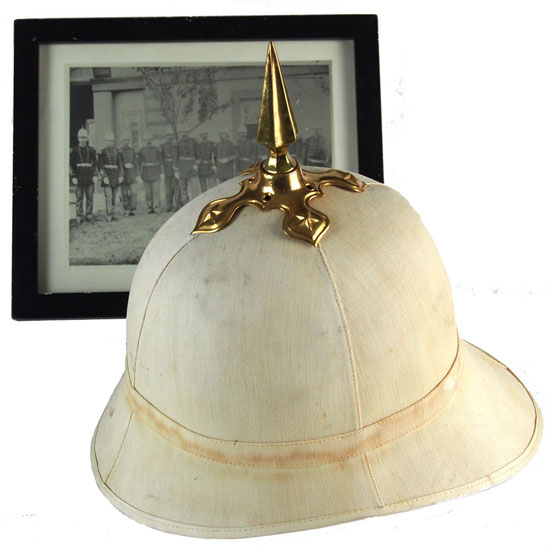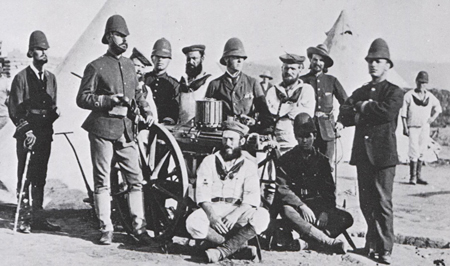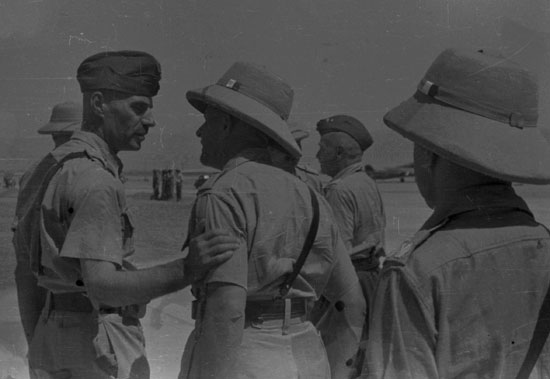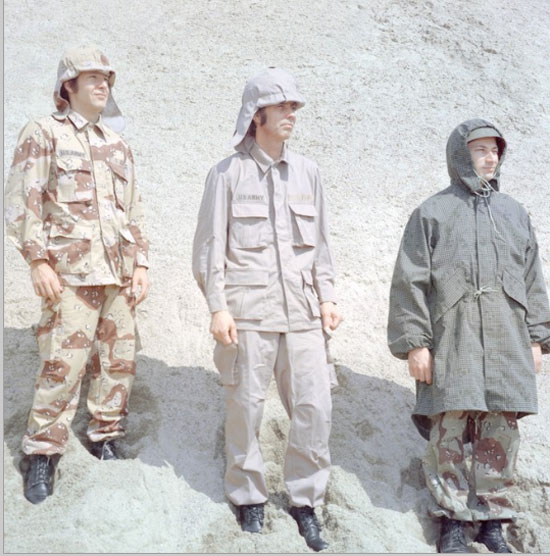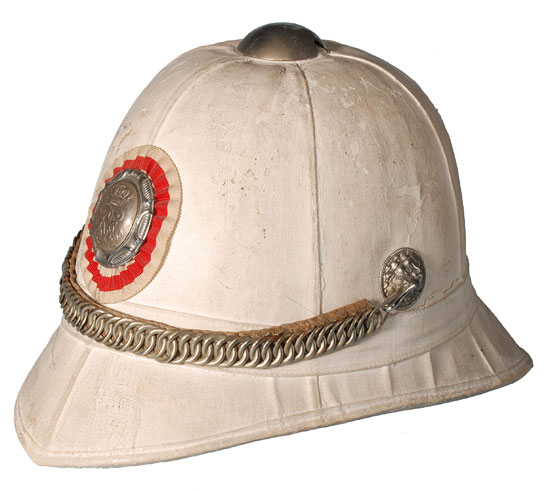This is a special study of Japanese tropical helmets by Nick Komiya, and is presented in four parts.
1887-1911 Colonial Predecessors of the Army Sun Helmet
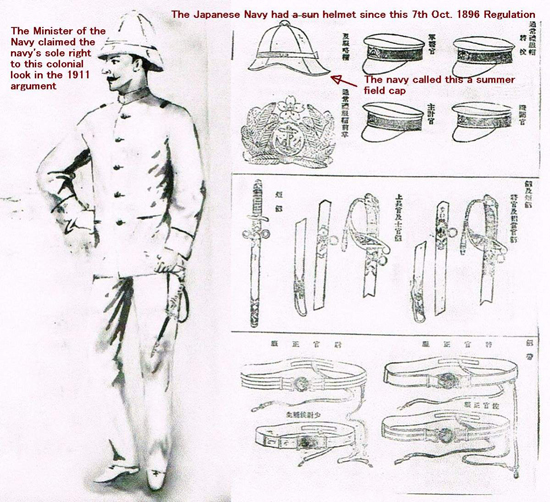
Initially a trademark of the British and French colonial look, the wearing of pith helmets spread worldwide from the late 19th to the early 20th centuries. However, despite of this worldwide fad, Japan was slow in coming to see any need for such gear. That was because being a late comer to the game of Imperialism, Japan did not hold any tropical colonies.
But even so, the well-travelled Japanese Navy must have felt obliged to match the colonial style dress code when making port calls at tropical colonies of the European empires. Thus the Imperial Japanese Navy introduced a sun helmet already in 1887, nearly 40 years ahead of the army. Continue reading

